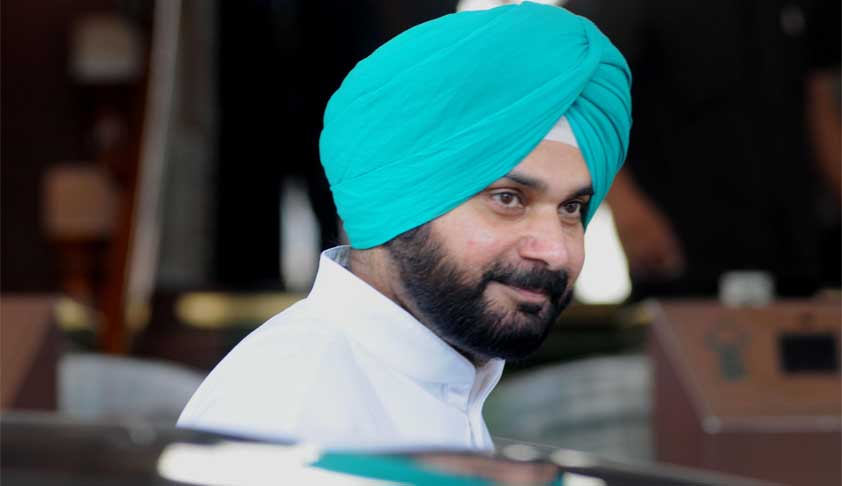- Home
- /
- News Updates
- /
- 1988 Patiala Road Rage Case:...
1988 Patiala Road Rage Case: Accused Navjot Singh Sidhu Is Guilty of Murdering Gurnam Singh, Argue The Legal Heirs of Complainant
LIVELAW NEWS NETWORK
12 April 2018 5:13 AM GMT
Sidharth Luthra, Senior Counsel for the legal heirs of the complainant in the 1988 road rage case against cricketer-turned-politician Navjot Singh Sidhu, on Wednesday, told the Supreme Court bench of Justice J.Chelameswar and Justice Sanjay Kishan Kaul, that the victim, Gurnam Singh, died of head injury, allegedly caused by Sidhu, and therefore, it was a clear case of murder.Making a...
Sidharth Luthra, Senior Counsel for the legal heirs of the complainant in the 1988 road rage case against cricketer-turned-politician Navjot Singh Sidhu, on Wednesday, told the Supreme Court bench of Justice J.Chelameswar and Justice Sanjay Kishan Kaul, that the victim, Gurnam Singh, died of head injury, allegedly caused by Sidhu, and therefore, it was a clear case of murder.
Making a distinction between hitting a person on neck from hitting on head, Luthra argued that one does not pat a person on his head. Citing several case laws, Luthra contended that head injury cannot be inflicted by mistake and that just because death of the victim happened later, following the injury, does not change the nature of the offence.
On the afternoon of December 27, 1988, Sidhu had allegedly given blows to Gurnam Singh, 65, in an incident of road rage at Patiala, Punjab. One of the blows landed on the left head on the parietal region of the deceased which caused a subdural hemorrhage resulting in his death.
The trial court had acquitted Sidhu, whereas the Punjab and Haryana High Court reversed his acquittal, convicting him under Section 304 Part II, IPC, for culpable homicide not amounting to murder.
The High Court had reasoned that Gurnam Singh did not die due to cardiac failure, but due to injury on the temporal region. A Board of Doctors constituted had given its opinion attributing the cause of death of Gurnam Singh as the head injury and cardiac condition. The cardiac condition of Gurnam Singh was very weak. In the opinion of the doctor, who was a Prosecution Witness (2), subdural hemorrhage was present over the left parietal region and brain, and this hemorrhage, and not a cardiac arrest, caused his death. The board had stated that the head injury itself could be sufficient to cause death in the ordinary course of nature.
The High Court found the acquittal by the trial court as unreasonable, and not based on evidence on record.
The High Court also convicted Sidhu’s accomplice, Rupinder Singh Sandhu, but suspended their sentences (three years imprisonment), during the pendency of their appeals in the Supreme Court. Later, the Supreme Court suspended Sidhu ’s conviction, to enable him to contest elections. Sandhu was convicted also for causing physical hurt to Gurnam Singh’s relative, Jaswinder Singh.
The High Court reasoned that it was not a premeditated murder, and the accused delivered the blows on the victim, on the spur of the moment.
Senior counsel, Ranjit Kumar and Luthra, had submitted that Sidhu, appearing on Aap Ki Adalat on India TV in 2010 “not only admitted to the involvement of both Sandhu and himself in the brawl on the date of the incident but also admitted to having hit the victim Gurnam Singh with first blows resulting in his death”. They produced a CD and YouTube link of the show, and requested the Court to place the evidence on record.
However, the bench is yet to decide the issue, after hearing the arguments from both the sides.
On Wednesday, Luthra argued that the record of Sidhu’s interview to India TV in 2010 helps to cement his legal contentions.
Luthra will continue his arguments on Thursday.


